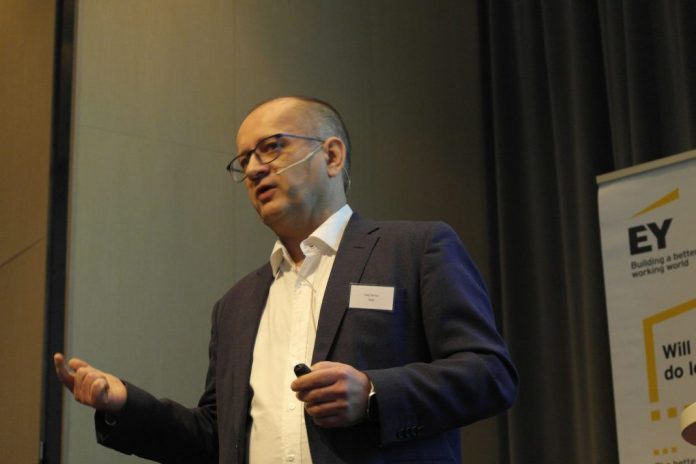Constant supply due to sustainability problems since 2012 has paved the way for big profits. But can it last?
This was the problem Dag Sletmo, senior vice president at DNB’s seafood department, addressed at the EY’s aquaculture seminar in Bergen on Thursday morning.
Sletmo noted that production costs for farmed salmon fell continuously since 2005. They then increased.

Relative competitiveness
“Increased costs strengthen the relative competitiveness of alternative forms of production. The share prices imply an operating margin of NOK 15* per kilo. It triggers incentives for new innovation and disruptive technology,” he said.
“What is the solution?” He asked rhetorically before answering, “you must regain production growth.”
“But the history of salmon farming is also a story of very high demand growth over a very long time. The price has been a way to sort out the queue. We analysts often call the demand side “the dark side of the moon” because we have little available data on this beyond GDP and population growth. It’s going to change,” he said, calling demand for a period of low supply growth “the new sheriff” in town.
Branding
“I think branding, recently illustrated by Mowi, will be very important in the future,” he added.
“Sustainability, but also new technology, including new forms of production, digitisation and genetics, will characterise salmon farming in the years to come,” added the Bergen-based Sletmo.
“In general, macro is not important for the salmon market, but trend growth for the middle class is,” he said.
The ongoing protectionism and trade war between the great powers of the United States and China is also important, thinks Sletmo.
“It is not just that Trump has run loose on Twitter. The conflict between the United States and China is a strategic rivalry,” he pointed out.
Russian caviar
EY director (Sletmo’s friend from his student days) Eirik Moe, shared the seafood analyst’s views on the danger that salmon is being priced too high.
“It’s about not making salmon the new caviar. Which is high end, but which few of us have eaten,” he commented.

*EUR 1.53


